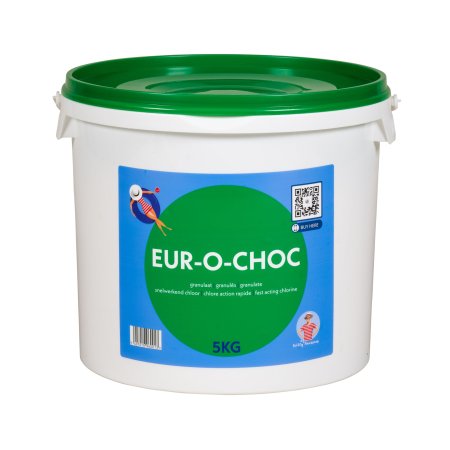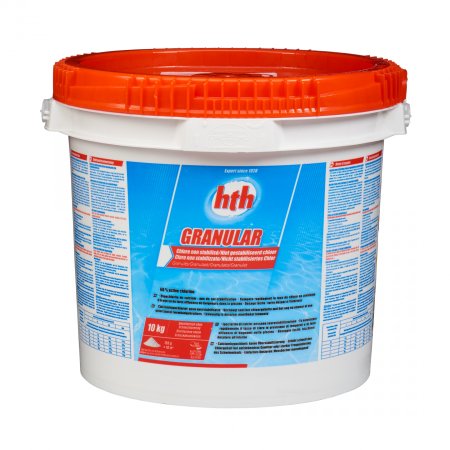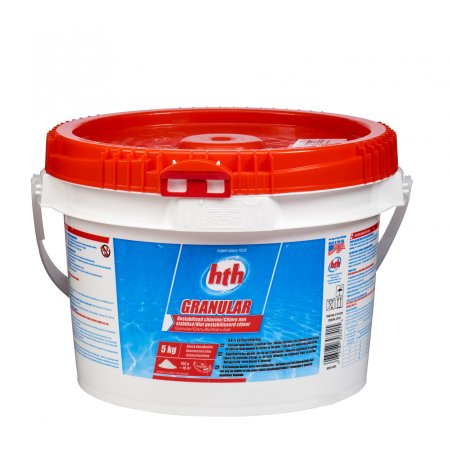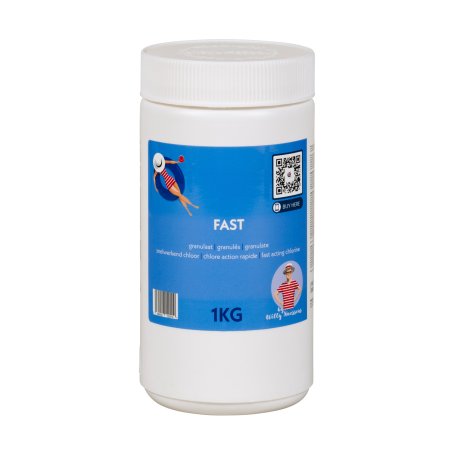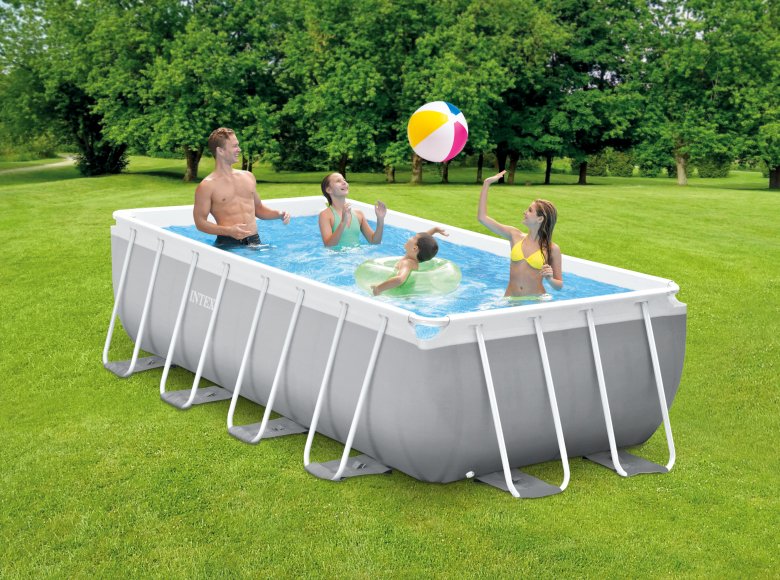In Europe, we sometimes experience heavy rainfall during the spring or summer months. But how does this affect the water quality of my built-in or above-ground pool? In this blog, we explain clearly what you can do about it.
Excessive rainwater dilutes the chemicals present in your pool. It also brings with it a lot of dirt particles that spread in the water. With our tips & tricks, this job will be done in no time and you'll have perfect pool water back in 1-2-3! Here we go:
Step 1: Remove all surface dirt
Rain can drag a lot of dirt and debris into your water such as leaves, branches, pollen and all other small debris.
Take your surface scoop net in hand and, first and foremost, try to scoop as much debris as possible out of the water yourself.
If you don't, chances are your skimmer and filter will quickly fill up.
Tip: use our Net Skim collection bags (12 pieces) for in the skimmers to get the dirt out of your pool's skimmers faster. You can read more about this in the next step.
Step 2: clean your skimmer basket and filter barrel
Step 1 of our roadmap focused on removing surface debris from the water, an essential first step to re-cell water quality. However, even after this task is completed, it is important to recognise that during the rainstorm itself, significant amounts of dirt and debris may have drifted into your pool's skimmer baskets or filters. This debris can range from leaves and branches to small particles and other organic material carried by the rain.
It is therefore crucial to check these skimmer baskets and filters regularly and empty them when necessary to prevent clogs and maintain the efficiency of your filtration system.
Ignoring this step can lead to serious problems, including clogged filters that impede water circulation and reduce filtration capacity.
Step 3: check the pH level
Heavy rainfall not only infringes on the clarity and purity of your pool water, but can also have a significant impact on its chemical balance. The pH level of your pool water, which indicates its acidity, can be disturbed by precipitation that brings with it all kinds of organic and inorganic substances. It is therefore vital to regularly check the pH of your pool water and make adjustments if necessary to maintain an optimal water balance.
To prevent problems and maintain a comfortable and safe swimming environment, it is essential to regularly monitor the pH level of your pool water and take corrective action if necessary.
This may include adding pH boosters to raise the pH if it is too low, or using pH reducers to lower the pH if it is too high.
Step 4: adjust the chlorine content
In addition, rain causes a lot of bacteria and other small dirt particles to enter the water. This attacks the active chlorine. After a heavy rain, the active chlorine will drop. So you need to bring it back to the right level.
The best way to do this is to use chlorine granules. This will correct the chlorine level faster than using chlorine tablets that dissolve slowly.
There, job done! Your pool is ready for swimming again!


